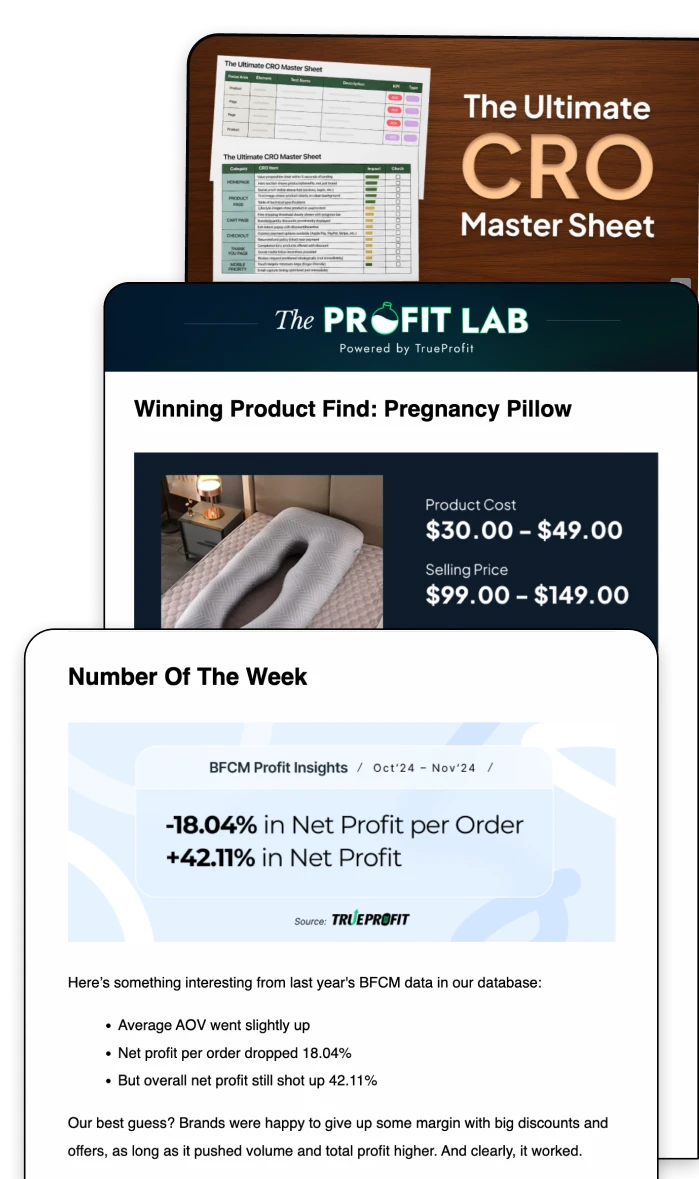Amazon FBA: How It Works – Pros & Cons, How to Get Started
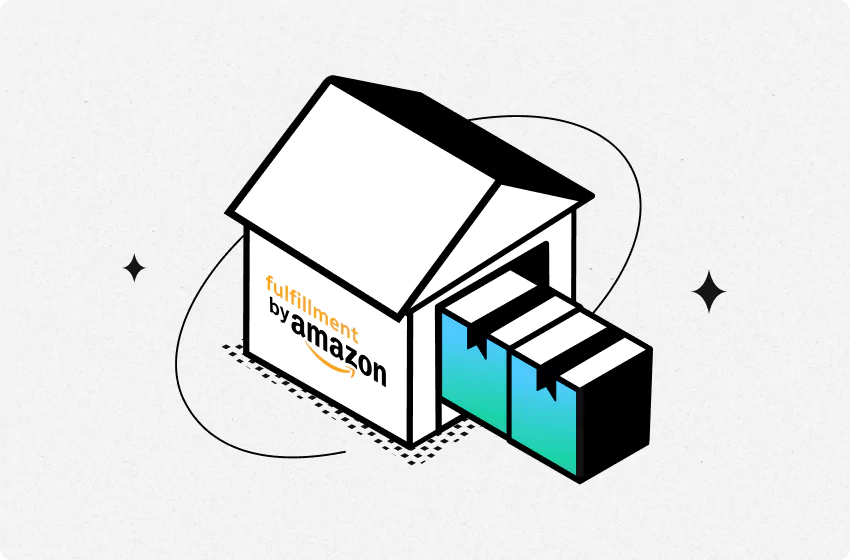
Finding one's online sales and marketing niche on the Amazon Marketplace and other platforms is easy for many people with the help of Amazon FBA. In the era of technology, it is no longer strange to everyone, but not all know its full extent.
Finding one's online sales and marketing niche on the Amazon Marketplace and other platforms is easy for many people with the help of Amazon FBA. In the era of technology, it is no longer strange to everyone, but not all know its full extent.
Therefore, we will help you learn everything about Amazon FBA. Our article will cover the FBA meaning, its pros and cons, how it works, and how you can get started.
What Is Amazon FBA (Fulfillment by Amazon)?
Fulfillment by Amazon (FBA) was introduced in 2o06 with a simple concept “Sellers sell, Amazon delivers.” To elaborate further, fulfillment by Amazon (FBA) is a service that allows businesses to outsource order fulfillment to Amazon without having to do so by themselves.
Specifically, this service helps Amazon sellers with warehousing, receiving, packing, and shipping. This simplifies selling and drastically cuts down on packaging and delivery time. Amazon also manages post-sale services such as customer support and refunds.
Since Amazon FBA takes the heavy lifting off the plate for sellers, it comes as no surprise that 73% of Amazon sellers use FBA instead of FBM (fulfilled by merchants) - which we'll discuss later below.
Amazon FBA allows you to sell almost any item in Amazon's marketplace. Yet, some products must first receive approval before being sold. Additionally, other products are either not suitable for FBA or need to fulfill certain criteria in order to be eligible for FBA.
How Does Amazon FBA Works?
Amazon FBA can help reduce fulfillment hassles. Here’s how it works when you select it as your products fulfillment option:
- First, you deliver your goods to an Amazon fulfillment center. Before being shipped, your goods must be prepared and packaged in accordance with Amazon's requirements. As an alternative, you can pay to use the Amazon FBA Prep Service.
- After your goods are delivered to the fulfillment center, warehouse staff will scan, organize, and store them.
- Next, the warehouse staff will pick and pack the goods from the inventory that customers have decided to buy.
- Then, Amazon delivers the package to the customers.
- Finally, Amazon handles other after-sales services, including returns, refunds, and product exchanges.


What is included with Amazon FBA?
These services are offered by Amazon for some fees, including:
- Inventory storage fee: It is charged for all products kept in an Amazon fulfillment center based on your daily average inventory volume and measured in cubic feet.
- Long-term storage fee: All items kept in the fulfillment facility for more than 365 days are subject to this monthly charge. Yet, the facility will keep your inventory in good condition and prevent paying long-term storage fees.
- Fulfillment fee: Your orders' picking, packaging, shipping, handling, customer support, and product returns are all charged per unit. You can sample your fees and predict them using the Amazon FBA revenue calculator.
- Unplanned services fee: It will occur when inventory doesn't appear at a fulfillment center prepared or labeled properly, necessitating unanticipated services.
- Removal order fee: For an amount per item, you can pay Amazon to return or get rid of your inventory in a fulfillment facility.
- Returns processing fee: It is charged on orders that Amazon offers free return shipping to a customer.
What is not included with Amazon FBA?
When you use Amazon FBA, you only outsource the fulfillment procedure, not the whole business. While Amazon is in charge of storage, shipping, and customer service, you are the person responsible for other essential duties. The following are the duties you must complete:
- Choosing and sourcing the products you offer: You should search for products with a high demand, little competition, and a healthy Amazon profit margin when deciding what to offer on Amazon FBA. These products can ensure steady sales and substantial profit.
- Upkeeping of a fully filled inventory: Amazon does not manage your inventory on your account; rather, it simply stores it in its warehouse. It is your duty to monitor store levels to prevent running out of supplies.
- Promoting your products: You can reach a sizable customer group by selling with FBA, but you still need to promote your products. The proper marketing strategies will broaden your audience and help new customers find your products.
- Keeping track of your profit: You need to closely track all costs and revenue, collect data and generate reports to get insights into how your business is doing. However, the problem with manual tracking is that even your most updated spreadsheets are outdated. When you've gathered data from 10+ sources to calculate your Amazon profit, you're looking at past data. A smarter way is using a real-time profit margin calculator to always know where your business stands.
Amazon FBA's Pros
If you are still unsure if using Fulfillment by Amazon is good for you, take a look at some of the perks that Amazon FBA can bring to your company.
#1. Huge and reputable market
Amazon is currently the world's leading retail platform, particularly in the United States and Canada while markets have grown in nations like the UK, India, Japan,... Hence, using the Amazon FBA service right now can help you to grow your businesses quickly.
Amazon has been around for more than 20 years and because of this, its stores consistently have the highest conversion rates among all current eCommerce platforms.
#2. Outstanding customer service
Amazon FBA makes use of the global network of Amazon customer service network to handle customer queries, refunds, and returns for your FBA orders. For a modest charge, Amazon takes care of that for you.
- FBA customer support: Day or night, customers can reach out for support by phone or email. You won't be charged extra for this service with the only exception of the Returns Processing Fee for certain product categories.
- FBA returns: They will take care of all customer service related to the fulfillment of your FBA goods for orders placed on the Amazon.com website that Amazon fulfills.
Amazon FBA is a fantastic method to capitalize on Amazon's standing as a customer-focused business. Customers are more likely to purchase from you when your goods are fulfilled by Amazon because they have faith in Amazon that they will get prompt delivery and top-notch customer support.
#3. Zero warehousing costs
Owning or renting a warehouse where you can keep inventory is a requirement if you run a business selling physical products. If you don’t use Amazon FBA, you will need to hire a third-party service to help you pick and pack the goods. All of this will cost you an arm and a leg.
Furthermore, if you are just getting started, you might not be able to cover these costs. Even if you are able to, managing the warehouse will ultimately result in high overhead expenses.
For a small fee, you can store your goods in sizable fulfillment centers using Amazon FBA. There are no limits on the quantities you can ship because their fulfillment centers are designed to hold a lot of stuff. Additionally, Amazon's staff will carry out all the labor-intensive tasks for you.
#4. Offer cost-effective and fast shipping
It is truly a good thing to draw customers by providing free and fast shipping. If you decide to complete orders yourself, shipping costs can be quite high and the process is time-consuming.
Otherwise, using Amazon FBA will give you a chance to receive discounted rates and shorter delivery time thanks to Amazon partnerships with the leading delivery and logistics companies in the world.
Although you do pay fulfillment fees to cover the cost of shipment, these fees are less expensive than what you would pay if you shipped the package yourself. The cost of delivery with Fulfillment by Amazon is 30% less expensive than shipping with other logistics providers.
It costs you no extra money to provide free shipping to Prime members. Besides, on qualified purchases, you can also provide free shipping to additional non-Prime customers.
#5. Devote more time to your business
Honestly, order fulfillment is painful. Picking goods from the warehouse, packing them, shipping them, and offering customer service are all the things you have to do. The fulfillment procedure is labor- and time-intensive, and it might be too heavy for you to manage on your own.
However, with FBA, Amazon handles picking, packaging, and shipping for you, relieving you of the burden. Additionally, Amazon FBA offers customer service on your behalf.
They take care of the details to save you time and allow you to concentrate on your business. You can spend more time and effort on managing other businesses' essential aspects. This includes activities like keyword study, listing optimization for SEO, PPC campaigns, and product research.
Amazon FBA's Cons
You have seen all the benefits FBA provides vendors and you might be inclined to believe it is an all-round service. Yet, FBA is not without its flaws. The following are some downsides of Amazon FBA.
#1. There is intense competition
There are currently millions of vendors on Amazon, and more than 3,000 sales each day. As a result, Amazon's level of competition is extremely high when the number of buyers doesn't rise significantly but the number of sellers rises daily.
Amazon sellers will now have to contend with one another fiercely to stand out and succeed.
#2. Strict regulations
From the initial workflow to the packaging operations, Amazon FBA has stringent regulations in place to manage product quality, prevent unneeded issues, reduce the issue of items being returned and exchanged, etc.
Thus, for new and inexperienced sellers on Amazon, you must prepare, label, and package your products in accordance with Amazon's requirements.
These criteria must be strictly adhered to even though they are complicated and may take some time to follow. Otherwise, you will face the chance of having your products rejected or sent back, which can be costly and annoying.
#3. Potential for more product returns
Amazon's customer-friendly return policy, particularly for Prime members, is one of its unique selling points. Within 30 days of delivery, most Amazon-sold products are returnable with no questions asked. FBA items are also covered by the same regulation. As a result, customers are likely to return more products because it is so simple to do so.
By including thorough product descriptions and clear images in your offering, you can reduce the likelihood of returns. Make sure you offer high-quality products as well. Having said that, customers occasionally return things merely out of regret. There isn't much you can do to change that.
#4. Amazon has you on its whim
By using FBA, you give Amazon control of your delivery system. Due to its total power over your shipping and storage, it may enact regulations that harm your business.
As in the COVID-19 pandemic, when people rushed to find domestic supplies like tissue paper. Amazon prioritized important items and limited the shipment of non-essential items to its warehouses due to the extreme online demand.
Therefore, in order to prevent losing sales, sellers had to find different strategies for completing orders. We suggest that you should think about using Amazon FBA in addition to another third-party logistics supplier if you can afford it.
Amazon FBA vs Amazon FBM: What Are The Differences?
According to a study by Marketplace Pulse, there were over 6 million sellers on Amazon in 2021 and two out of every five Amazon vendors (43%) using Amazon FBM while nearly all (92%) use Amazon FBA based on the data from Jungle Scout’s 2021 State of the Seller Report. The data can be broken down as follow:
- FBA only: 57%
- FBA and FBM: 34%
- FBM only: 9%
Here are what Amazon FBM and FBA meaning are:
- Fulfillment by Amazon (FBA): A method of selling on Amazon that we have discussed above.
- Fulfillment by Merchant (FBM): A method of selling on Amazon in which a seller lists their products on Amazon, but manages all storage, shipping, and customer support themselves (or through another third party). This is the same as Dropshipping. However, you will be entirely accountable for the packaging, delivery, and customer service in this form.


The table below compares and points out all the notable differences between Amazon FBA vs Amazon FBM:
Category | Amazon FBA | Amazon FBM |
|---|---|---|
Costs | Sellers pay Amazon a storage, fulfillment, and referral fee. | Sellers pay Amazon only the referral fee |
Prime delivery service | Eligible for all sellers | Only through Seller Fulfilled Prime (SFP) |
Inventory control | No control | Full control |
Inbound packaging and labeling requirements | Sellers must adhere to the strict requirements of Amazon | It depends on sellers |
Performance metrics related to order | Amazon’s responsibility | Sellers’ responsibility |
Buy Box feature | Available | Unavailable |
Amazon search rank feature | Available | Unavailable |
Returns and refunds | Amazon’s responsibility | Sellers’ responsibility |
Customer service | Amazon’s responsibility | Sellers’ responsibility |
In addition, Jungle Scout found a few significant distinctions between Amazon FBA and FBM users:
- Amazon FBA sellers have higher profit margins while FBM sellers have more sales: 33% of FBM sellers generate a monthly income of over $25,000 compared to 26% of FBA sellers. In contrast, 37% of FBA sellers have profit margins of over 20% compared to 32% of FBM sellers.
- FBM sellers get started on Amazon more quickly than Amazon FBA sellers: 51% of FBM sellers launched their Amazon businesses in under six weeks compared to 34% of FBA sellers. Meanwhile, 28% of FBM sellers made a profit in less than three months compared to 20% of FBA sellers.
How to Get Started With Amazon FBA?
If you have decided to start selling with Fulfillment by Amazon. Here is the step-by-step guide on how you can get started:
- Step 1: To set up Amazon FBA, create an Amazon selling account and enter into Seller Central. Individual and Professional are the two selling options that Amazon provides. With both options, Amazon FBA is compatible.
- Step 2: Create a product listing for the items in your inventory. Once you finish adding products to the Amazon catalog, specify FBA inventory.
- Step 3: Prepare and package your products in accordance with Amazon's packaging requirements, shipping and routing requirements for safe and secure delivery to a fulfillment center.
- Step 4: Build a shipping plan, make labels with the Amazon shipment ID, and send packages to the Amazon fulfillment facilities. Customer purchases can be made after Amazon gets the goods at the fulfillment facility.
Should You Use Amazon FBA?
You might now be able to make a decision on whether or not Amazon FBA is a smart idea for your business after carefully examining all the above information.
To be clear, the Fulfillment by Amazon program gives both new and seasoned online merchants the best of everything in a convenient little package that is fairly priced.
If you use Amazon FBA effectively and sell high-demand products, you can increase the revenue from your online business significantly.
Amazon FBA FAQs
What is Amazon FBA exactly?
Amazon FBA (Fulfillment by Amazon) is a service where Amazon stores, packs, and ships your products, handles customer service, and manages returns. Sellers send inventory to Amazon’s warehouses, and Amazon takes care of fulfillment.
Is Amazon FBA good for beginners?
Yes, Amazon FBA is good for beginners, but success depends on choosing the right products and learning how to manage costs. It simplifies fulfillment, but requires upfront investment and market research.
How much money do you need for FBA?
Starting an Amazon FBA business typically costs between $2,500 and $5,000, covering inventory, fees, and marketing. However, some sellers start with as little as $500, depending on product choice and strategy.
What are the disadvantages of Amazon FBA?
Amazon FBA has drawbacks, including high storage fees, limited control over inventory, and occasional customer support issues. Products may also get lost or damaged in fulfillment centers, and competition can be intense.
Is FBA dropshipping?
No, FBA is not dropshipping. With FBA, you buy and store inventory in Amazon’s warehouses, and they handle fulfillment. In dropshipping, you don’t hold inventory—suppliers ship products directly to customers.
Is Amazon FBA better than affiliate marketing?
It depends on your goals. Amazon FBA requires upfront investment and inventory management but offers higher profit potential. Affiliate marketing has lower risk and no inventory costs but takes time to build traffic and commissions.
Is Amazon FBA always profitable?
Amazon FBA is not always profitable. Success depends on factors like product selection, competition, and cost management. While many sellers make money, high fees and market saturation can cut into profits.
What are the problems of Amazon FBA sellers?
Amazon FBA sellers face challenges like high fees, inventory limits, long-term storage costs, strict return policies, and intense competition. Amazon controls customer relationships, making brand loyalty harder to build.
How much do Amazon FBA make a month?
Amazon FBA sellers typically earn between $1,000 to $25,000+ per month. New sellers often make $1,000–$5,000, while experienced sellers can exceed $10,000+ per month in profit.
What is the minimum fee for FBA?
Amazon FBA has no fixed minimum fee. Costs depend on product size, weight, and storage time. At a minimum, you’ll pay fulfillment fees (starting at $3.22 per unit) and monthly storage fees ($0.87–$2.40 per cubic foot).
You might now be able to make a decision on whether or not Amazon FBA is a smart idea for your business after carefully examining all the above information.
To be clear, the Fulfillment by Amazon program gives both new and seasoned online merchants the best of everything in a convenient little package that is fairly priced.
If you use Amazon FBA effectively and sell high-demand products, you can increase the revenue from your online business significantly.
Leah Tran is a Content Specialist at TrueProfit, where she crafts SEO-driven and data-backed content to help eCommerce merchants understand their true profitability. With a strong background in content writing, research, and editorial content, she focuses on making complex financial and business concepts clear, engaging, and actionable for Shopify merchants.

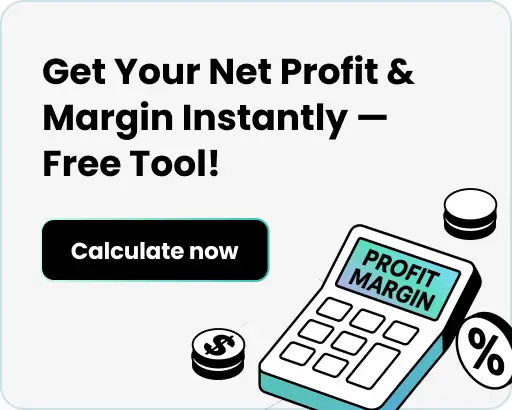


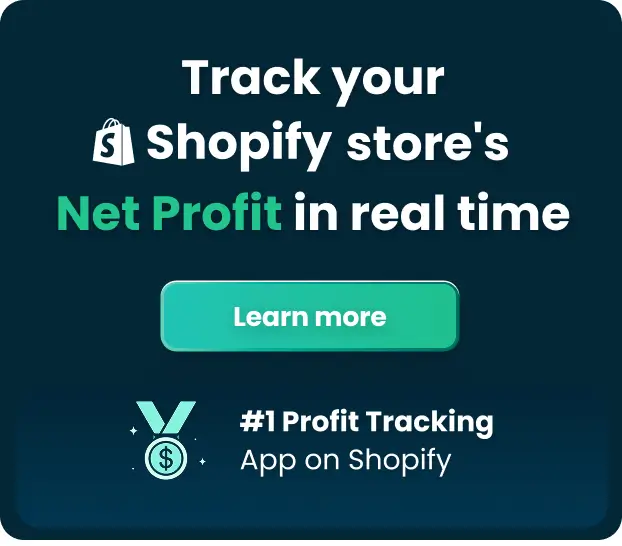
![Amazon FBA Success Rate: All The Crucial Stats [2025]](https://be.trueprofit.io/uploads/AMZ.webp)

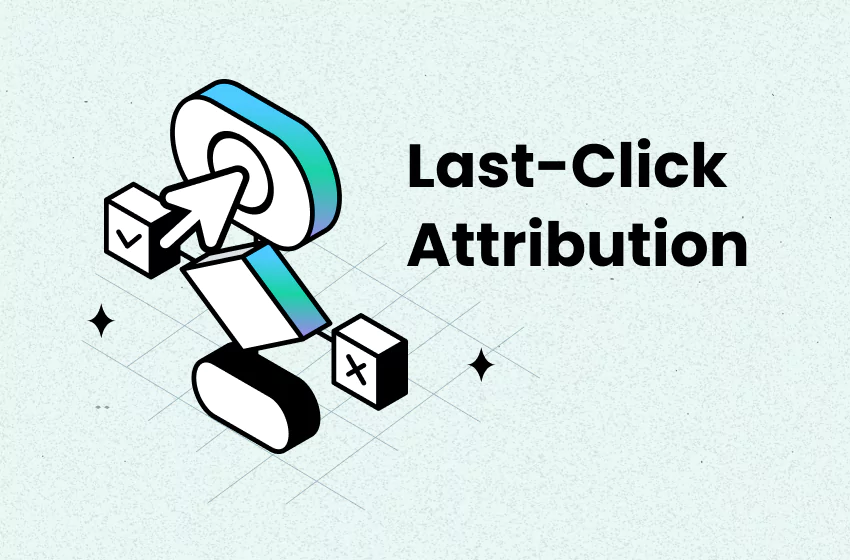
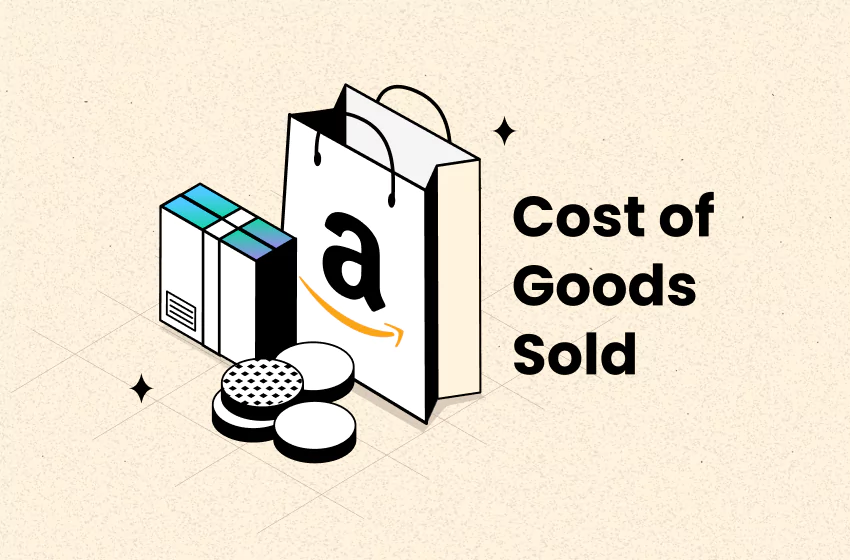
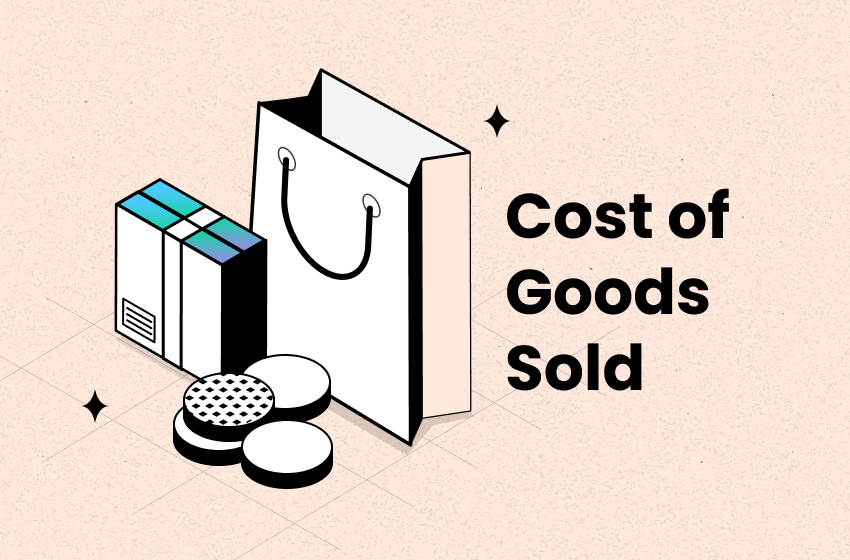

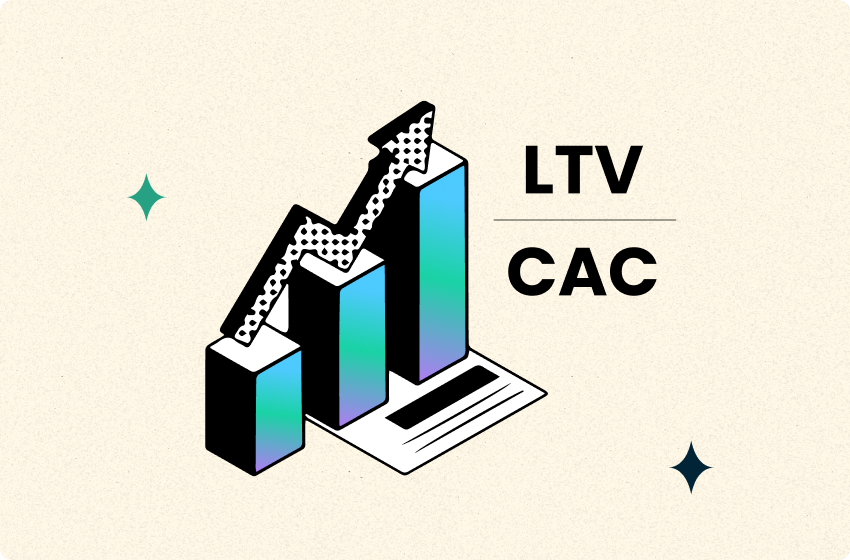
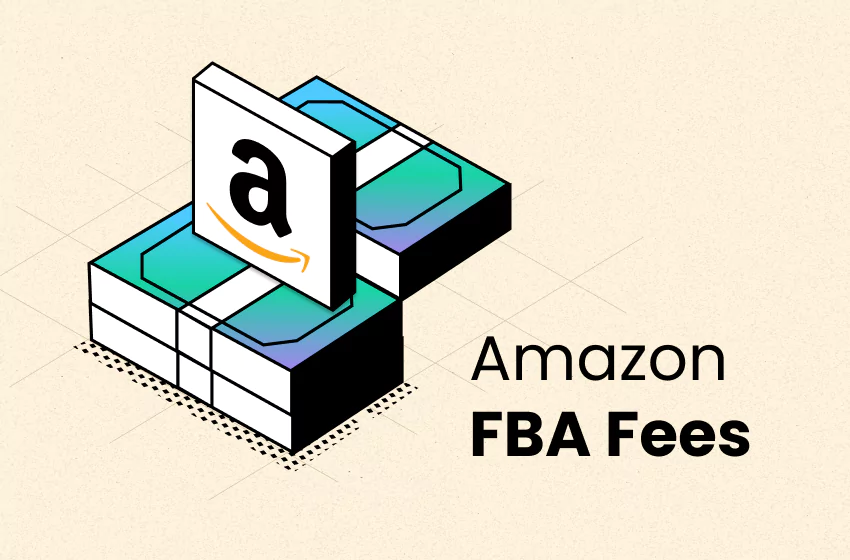
 Shopify profits
Shopify profits